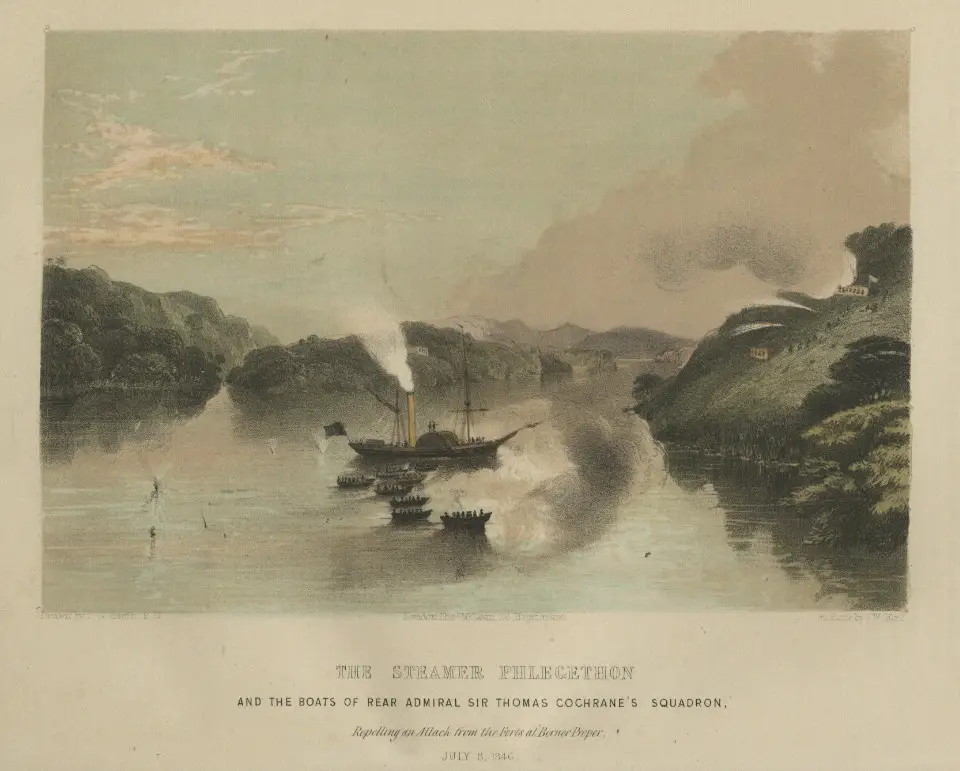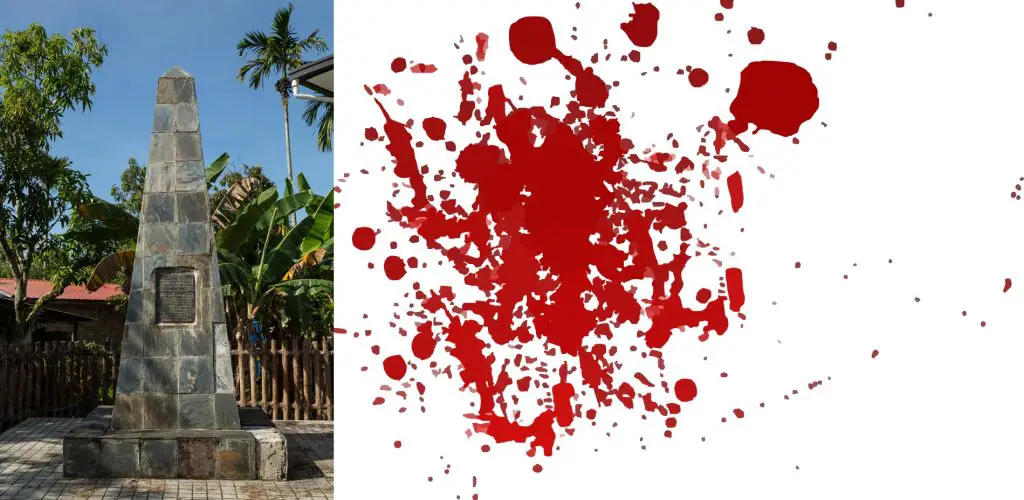Researcher Victor King recorded in his paper Main Outlines of Taman Oral Tradition (1975) that the Dayak Taman people once suffered a great setback in their population.
And it was all thanks to a tree.
So what was the poisonous tree and how did it kill thousands Dayak Taman people?
There was a man named Bai Upa who was so angry with life. If he lived in the 21st century, you might find him ranting on social media. But instead, he decided to fetch a special poison from the headwaters of the Kapuas river.
This poison was watery in appearance and only can be found in remote places.
Additionally, the poison oozed from the ground and in the center of the ooze stood a tree.
The poison was believed to be almost impossible to obtain. Any attempts in the past usually caused the death of the seekers.
Bai Upa was a wise man. Knowing the danger of fetching of this poison, he sent eight of his slaves instead.
It was said that nothing could live around the tree for a distance of 200 paces.
There were no grass, trees or flowers. Instead, they were bones of humans and animals scattered.
The locals believed that even its scent could kill.
Bai Upa’s slaves took turns to get the poison.
The first slave only got a few paces into the poison zone when he fell dead.
Meanwhile, the second got a little further and so on. Finally, the last slave managed to hold his breath and bit one of the lower branches of the tree.
Actually, biting the tree acted as an antidote for the poison. The slave managed to collect a small amount of the poison in a container with a tight cover.
After the slave got back to Bai Upa, he used the poison to kill his enemies.
When the corpses were thrown into the river, fishes ate the flesh.
When the Dayak Taman people downstream ate these fish, they died. According to King’s informant, that was how thousands of Dayak Taman died with many of their villages abandoned.
What is the poisonous tree?

Although King did not identify the poisonous tree, another researcher Richard B. Primack in his paper Moraceae Trees in the Religious Life of Borneo People wrote that the tree is ‘clearly about the Upas tree, Antiaris toxicaria.
Primack explained that only the latex of an Upas tree can be so poisonous.
He wrote, “There are certain inaccuracies in the exaggerated description, which was probably embellished to make the story more interesting. The poison does not ooze from the ground and does not fill the air. The vegetation under these trees is perfectly normal. People and animals can approach the tree without injury. The poison must enter the blood, generally by a poison dart, in order to be effective. Consequently, people downriver eating poisoned fish would not become poisoned. Also, biting the lower branches of the tree is not an antidote.”
It is fortunate that the poisonous tree in King’s story is not as powerful as it was said to be. Or else someone might turn it into a bio-weapon. And thankfully the antidote is not by biting the lower branches. People surrounding a tree and biting its lower branches would definitely be an interesting sight to see.




























